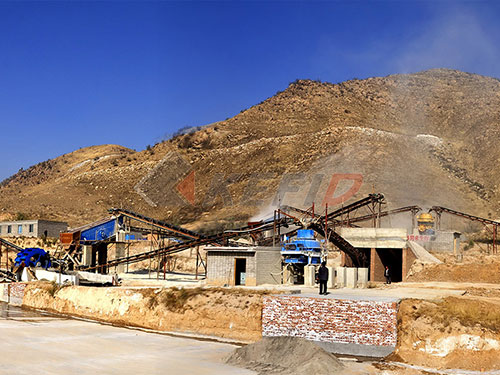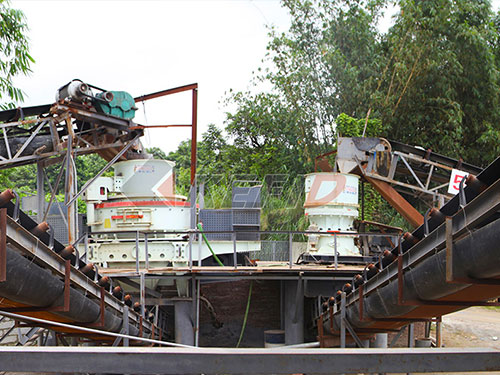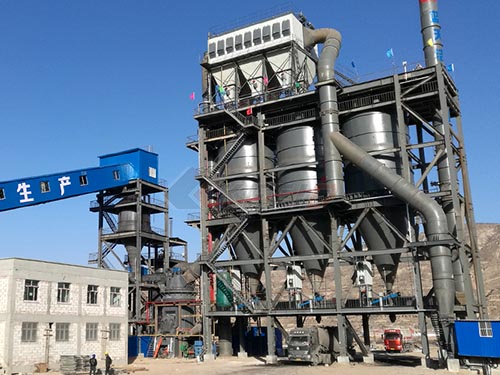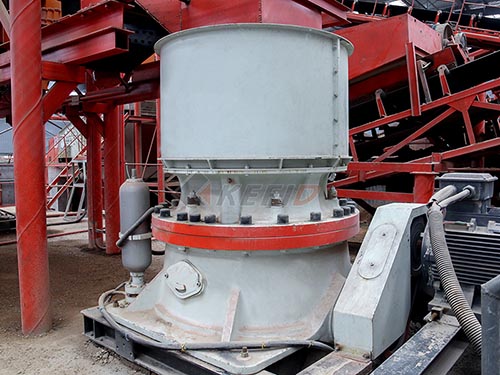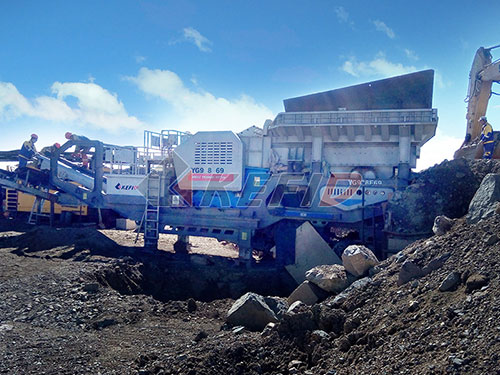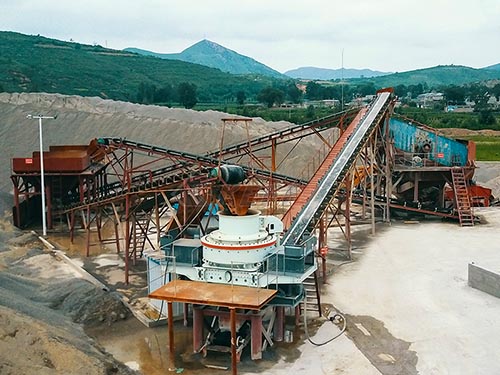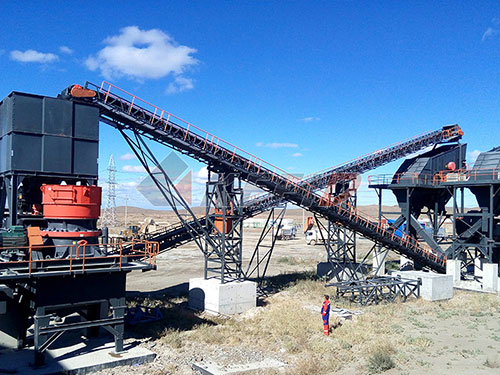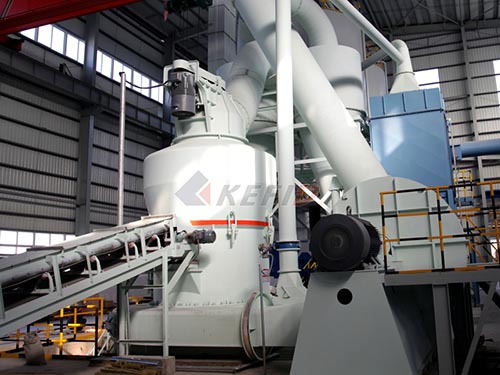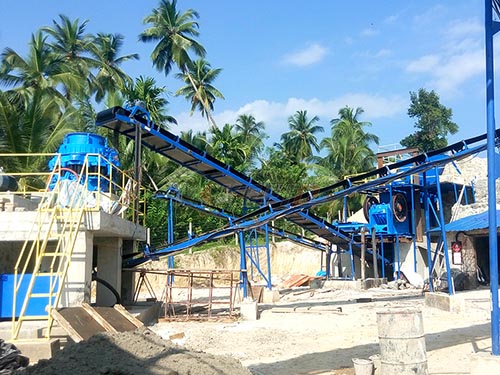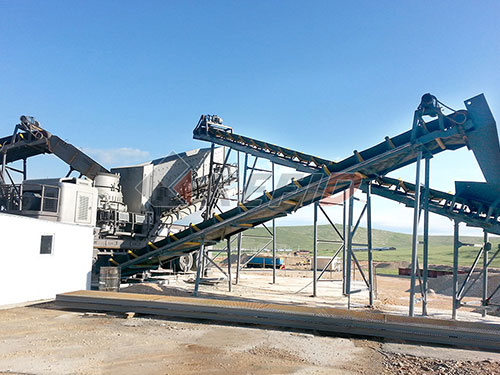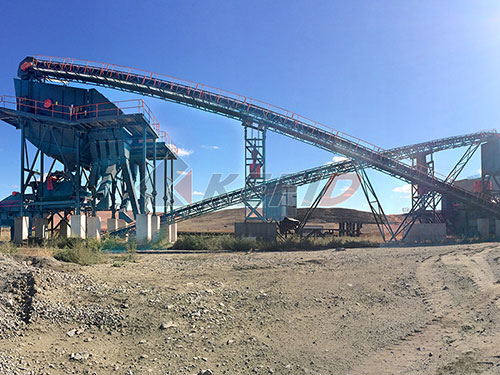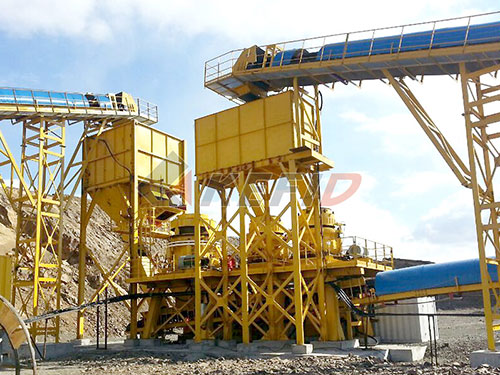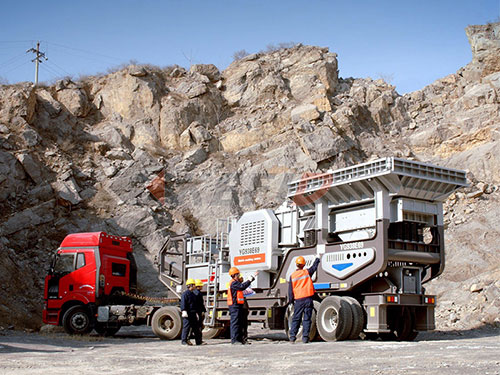Sieve Analysis of Crusher Dust: Unlocking Particle Distribution for Engineering Applications
Introduction
Crusher dust, also known as quarry dust, rock dust, or manufactured sand (M-Sand), is a vital by-product generated during the crushing of rocks and stones in quarries and aggregate processing plants. Primarily composed of fine particles passing the 4.75 mm (No. 4) sieve, its properties significantly influence its suitability for various construction applications like concrete production, road base/subbase layers, fill material, and asphalt mixes. Among the most critical tests to characterize crusher dust is Sieve Analysis. This fundamental procedure provides essential data on the particle size distribution (gradation), which directly governs the material’s engineering behavior – its strength, compaction characteristics, permeability, drainage potential, and overall performance in its intended use.
The Significance of Sieve Analysis
Sieve analysis remains the most widely adopted and relatively simple method for determining the gradation of granular materials like crusher dust. Its importance lies in:

1. Gradation Characterization: It quantifies the proportions of particles within specific size ranges.
2. Quality Control: Ensures consistency in crusher dust production by comparing batches against target specifications.
3. Predicting Performance: Gradation influences key properties:
Compaction & Density: Well-graded materials achieve higher densities under compaction.
Strength & Stability: Proper interlocking of particles enhances shear strength and load-bearing capacity.
Permeability & Drainage: Fines content controls how easily water flows through the material.
Frost Susceptibility: High fines content can lead to detrimental frost heave.
Workability (in Concrete): Affects water demand and ease of placement/finishing.
4. Compliance Verification: Checks if the material meets standards set by organizations like ASTM or AASHTO for specific applications (e.g., ASTM C33 for concrete sand).
The Sieve Analysis Procedure (ASTM C136 / AASHTO T27)
The standard dry sieve analysis method involves separating a representative sample of oven-dried crusher dust through a nested stack of sieves with progressively smaller openings.
1. Sample Preparation:
Obtain a representative sample using appropriate splitting techniques (e.g., riffle splitter).

Dry the sample thoroughly in an oven at approximately 110 ±5°C until constant mass is achieved to remove moisture that



